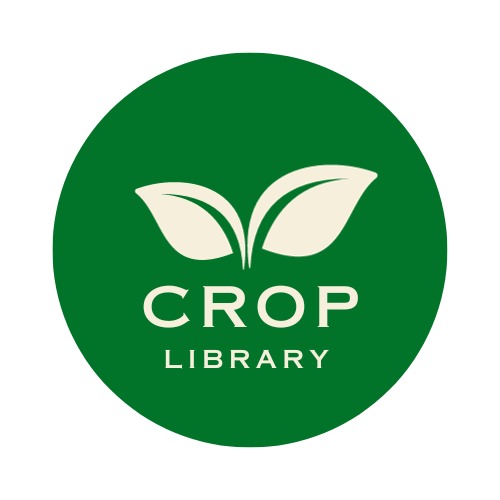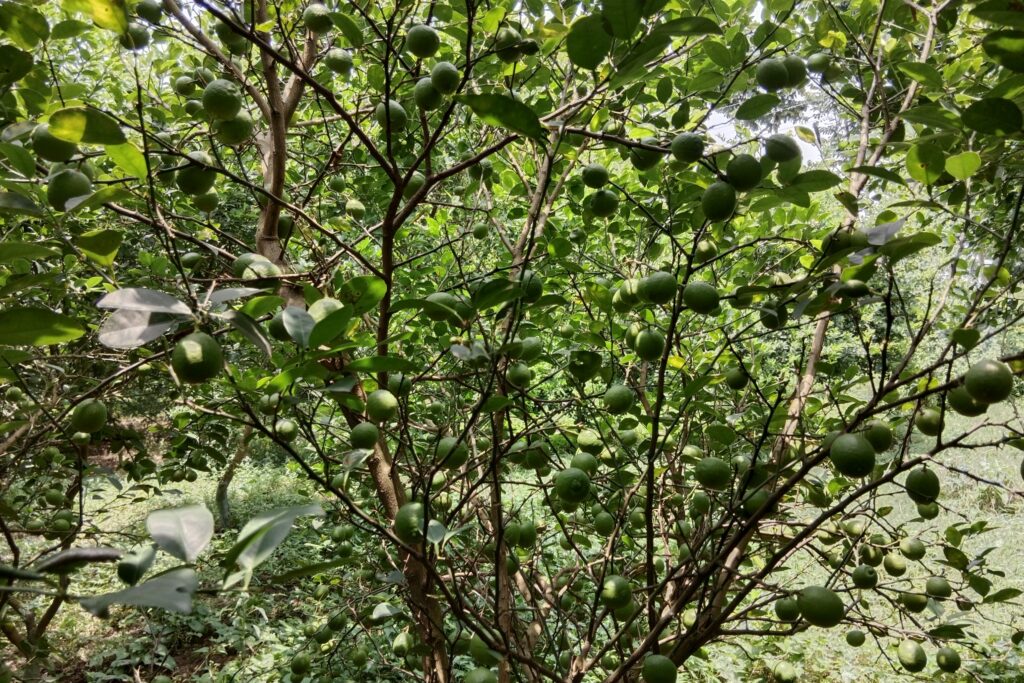What is Tomato?
Tomato is an important vegetable crop that is grown all over the world and has a great economic value. The tomato fertilizer schedule significantly influences both the yield and quality of tomatoes.

Fertilizers should be applied in a way that corresponds with the crop’s need for nutrients, ensuring maximum utilization. Tomatoes respond well to additional fertilizer and are known to have a high demand for NPK nutrients.
Considering the soil and crop constraints, Fertilizers should be applied in smaller amounts during the growing season to match the crop’s demand. The right combination of water and nutrients is a prerequisite for higher yields and good-quality production. The way fertilizers are applied is crucial for improving nutrient use efficiency. Fertigation allows for precise timing and uniform distribution of water and nutrients to effectively meet the crop’s nutrient needs.
Major Nutrients that Tomatoes Require.
To generate the best fruit crops, tomatoes need the following nutrients at the right growth stages.
Nitrogen (N)
Nitrogen is especially vital as it encourages healthy foliage. Fertilizers with a higher nitrogen percentage, like a 20-10-10 mix, can be applied at planting to promote robust foliage and growth.
Phosphorus (P)
Phosphorus aids in root development, and when your tomato plants begin flowering, it’s crucial to add phosphorus as it’s essential for the formation of flowers, fruits, and seeds, contributing to overall reproductive success and helping fight stress.
Bone meals are powders that provide phosphorus to the soil and last for several months. Due to the slow release of phosphorus, plants take a few weeks to use them.
Potassium (K)
When the plant starts setting fruit, apply potassium, as higher potassium content can lead to sweeter fruit, affecting the flavor, aiding in continuous growth, and photosynthesis, making the plant less susceptible to certain diseases.
Calcium (Ca)
Calcium is crucial for healthy tomato plant growth and helps prevent blossom end rot, a disease-causing brown, leathery patches on developing tomatoes. In addition, the fertilizer also includes beneficial microbes that enhance soil fertility.
Calcium (Ca) also prevents root rot.
Sulfur (S)
Sulfur enhances the fruit’s healthy red color and is recommended to apply it during harvest.
Compost
Compost enriches soil with organic matter, improving structure and fertility, enhancing water retention, promoting root development, providing slow-release nutrients for healthy growth, and suppressing diseases and pests, resulting in higher yields of quality tomatoes.
Boron (B)
Boron aids in pollen grain formation, flowering, and fruit ripening.
Tomato Fertilizer Schedule for Tomato Farming.
Before transplanting
Before transplanting, it’s beneficial to add aged manure or compost to the location where you plan to plant your tomato.
Apply fully decomposed farmyard manure @ 20 cartloads/ha.
At Transplanting
When planting, use fertilizers with a higher nitrogen percentage, like 20-10-10, to promote healthy foliage and growth; you can also apply nitrogen-rich fish emulsion every two weeks and blood meal every six weeks during the growing season.
Apply the following fertilizers:
60 to 110 kg/ha Nitrogen.
35 to 60 kg/ha of Phosphorus.
35 to 60 kg/ha of potash.
Vegetative Stage
From 25-40 days after transplanting, tomato plants enter the vegetative stage, where you should use a mixture of 19:19:19 NPK and magnesium sulfate; apply 7 kg/ha of NPK and 2.5 kg/ha of magnesium sulfate.
Flowering stage
The flowering stage occurs between 40-50 days after transplanting. To promote healthy pollen formation in flowers, use a foliar spray of boron @ 1 ml per liter of water. Additionally, spray a 00:52:34 NPK fertilizer at 9 kg/ha.
Fruiting Stage
Between 50 and 65 days after transplanting, the tomato plant enters the fruiting stage; at this point, apply NPK (0:0:50) at a rate of 10 kg/ha, and use a foliar spray of calcium at a concentration of 1.5 ml per liter of water to prevent blossom end rot disease.
Harvesting Stage
Around 65 to 80 days after transplantation, tomato plants are ready to harvest, and it’s recommended to apply 18% sulfur at a rate of 10 kg/ha to enhance the fruit’s healthy red color and flavor, which can be applied through foliar spray or drenching.
How to Apply Fertilizer to Tomato?
Dig a hole and place the fertilizer, following the above-recommended amount, at the bottom. Cover the fertilizer with clean soil to prevent direct contact with the roots. Then, side-dress your tomatoes with fertilizer every three to four weeks throughout the season.
To side-dress tomatoes, use the tip of a hoe to create a shallow furrow around the plant, about 12-15 cm from the stem. Sprinkle 15-21 ml of fertilizer into the furrow for each plant, then cover it with soil and mulch. Take care not to get fertilizer on the leaves or stems. Water thoroughly after feeding to distribute the fertilizer evenly to the roots.
Another option is to use water-soluble fertilizer, which is frequently simpler to apply, particularly for tomatoes growing in containers. Apply the fertilizer every one to two weeks during the season by simply mixing it in a watering can at a rate of approximately 4 ml per liter of water. Applying it in extremely dry or hot weather is not advised. Keep in mind that 4 L will cover the surface of ten 8-inch pots or roughly 4 square feet of your garden.
FAQs
Q1. How to increase fruit size in Tomato?
To increase fruit size in tomatoes, several factors need to be considered.
- Irrigation
The fruiting period is considered to be the most sensitive period of water stress, water supply is the most critical during the fruit developing process, drought will induce late-stage fruit drop and reduced fruit mass via decreased cell size and number.
- Spraying Calcium and Boron
Spraying Calcium and B solution @ 1 mL/L during the early fruit developing stage increases tomato fruit size.
- Fertilizer application
Tomato plants need more potassium (K) compared to nitrogen (N) and phosphorus (P) during fruit development phase.
- Thinning
Thinning involves removing excess fruits from tomato plants, allowing the remaining fruits to grow larger. By reducing competition for nutrients and space, the plant can channel more resources into fewer fruits, resulting in larger and higher-quality tomatoes. Thinning ensures better fruit development and overall plant health.
Q2. How to increase flowering in tomatoes?
Follow the following activities:
- Pruning: Pruning is essential to remove excess foliage and encourage more flowers.
- Avoid excess Nitrogen during flowering which can lead to more foliage at the expense of flowers.
- Adequate potassium encourages flower formation.
- Applying a phosphorus-rich bloom booster fertilizer during the flowering stage increases flower production in tomatoes.
Q3. When to transplant tomato seedlings?
Tomato seedlings should be transplanted after six to eight weeks when they have two sets of genuine leaves and robust roots. The study demonstrated that 7-week-old plants produced greater early and total yields compared to 11- and 15-week-old transplants. Take care that the soil temperature outside is continuously higher than 10°C because tomatoes are cold-sensitive plants. Choose a spot where the soil can drain adequately and receive full sun exposure. Harden off seedlings by exposing them to the outside gradually for approximately a week prior to transplantation. To promote robust root formation when transplanting, bury the stem up to the first set of leaves. Water seedlings as soon as possible after transplanting them to lessen stress and encourage strong growth.
Q4. How often do you water tomato plants?
Whether you’re growing tomatoes in pots, raised beds, or in the ground, tomatoes require regular watering for strong root development. Here are some guidelines:
- Water newly transplanted tomato plants daily.
- Ensure deep watering until the top 8 inches of soil are moist.
- Maintain the watering schedule as fruits ripen but reduce the amount of water. Excess water during fruit ripening can cause blossom end rot and cracking.
- For tomatoes in pots or raised beds, water frequently, possibly once or twice daily.
- Ensure the soil is healthy and well-draining, especially in pots and raised beds. Clay soils and those with heavy organic material may not drain well, as they retain moisture longer than lighter loamy mixes.



Pingback: How to Increase Tomato Flowering? 10 Tips. -
Pingback: What causes tomato fruits to crack? -
Pingback: Potato Fertilizer Schedule To Boost Production. -
Pingback: What are the 8 best fertilizer for Capsicum? -